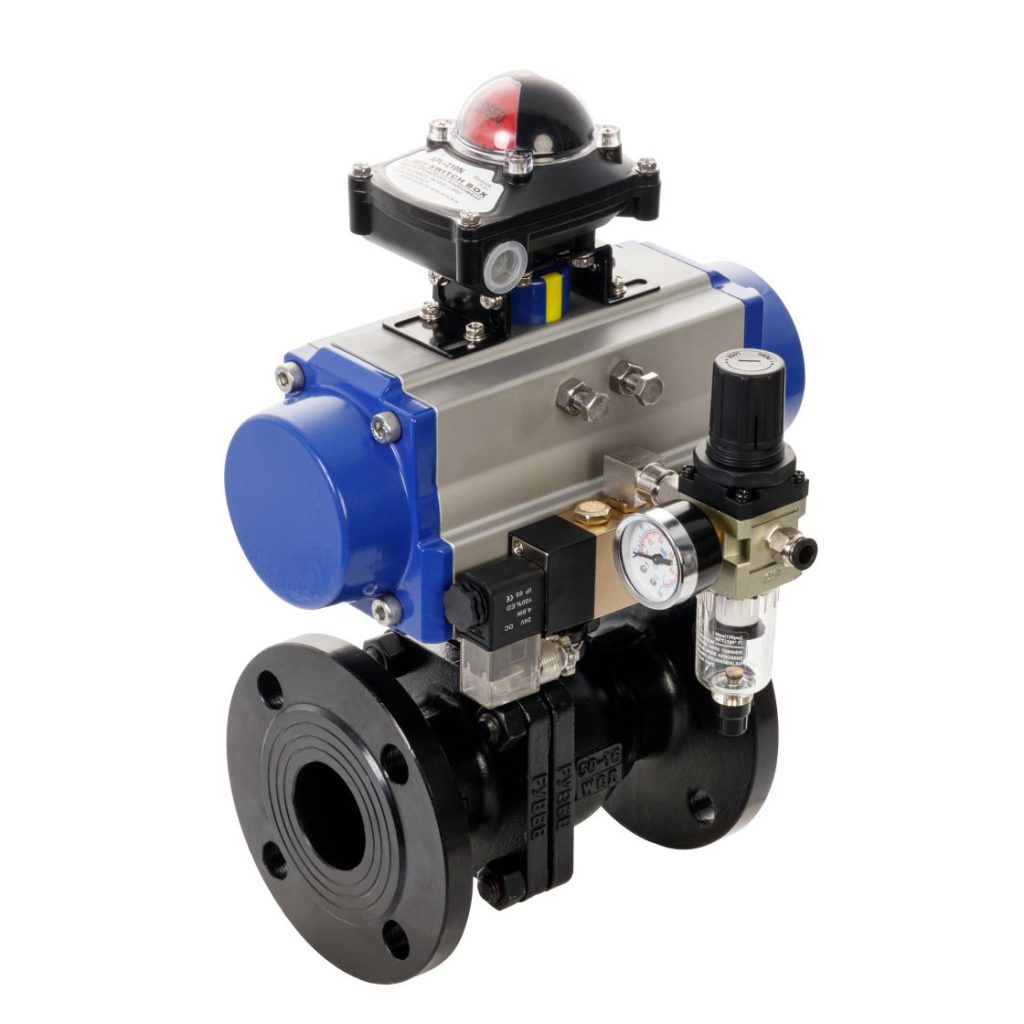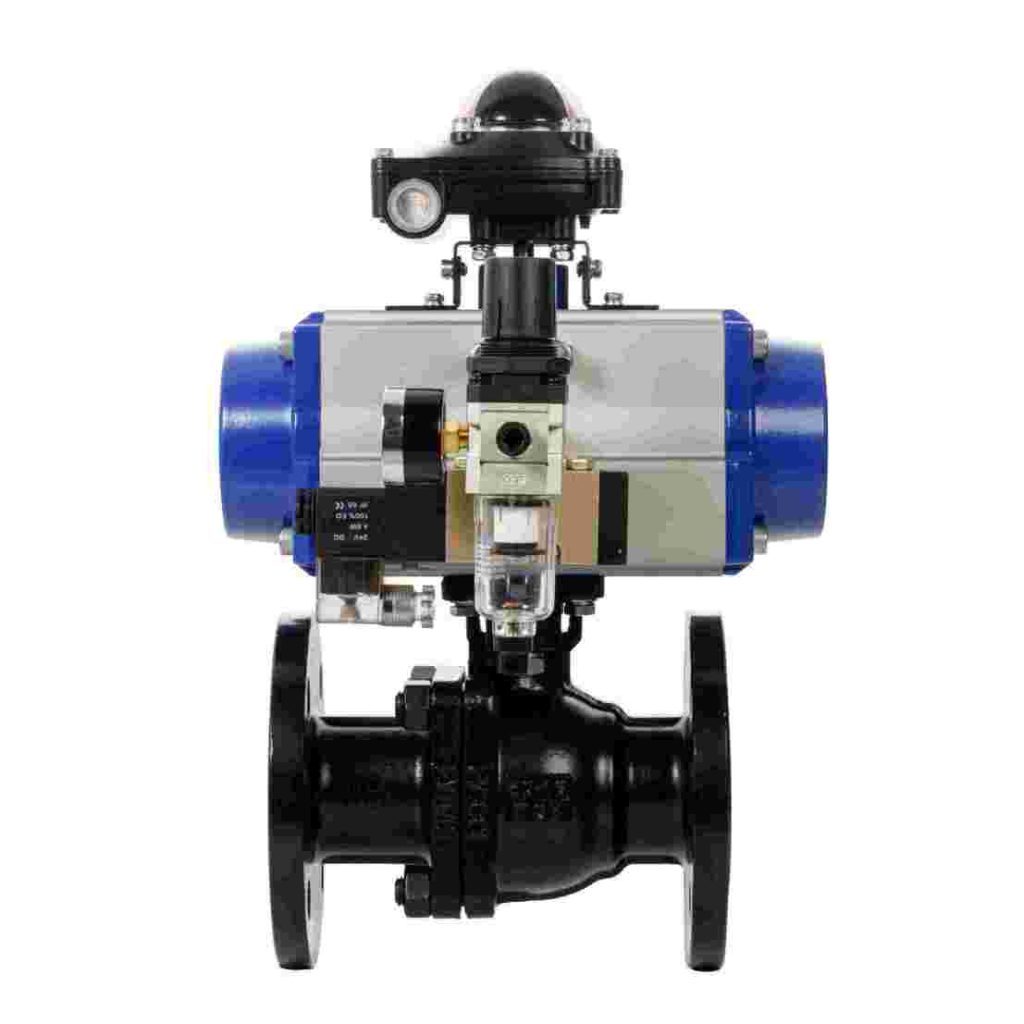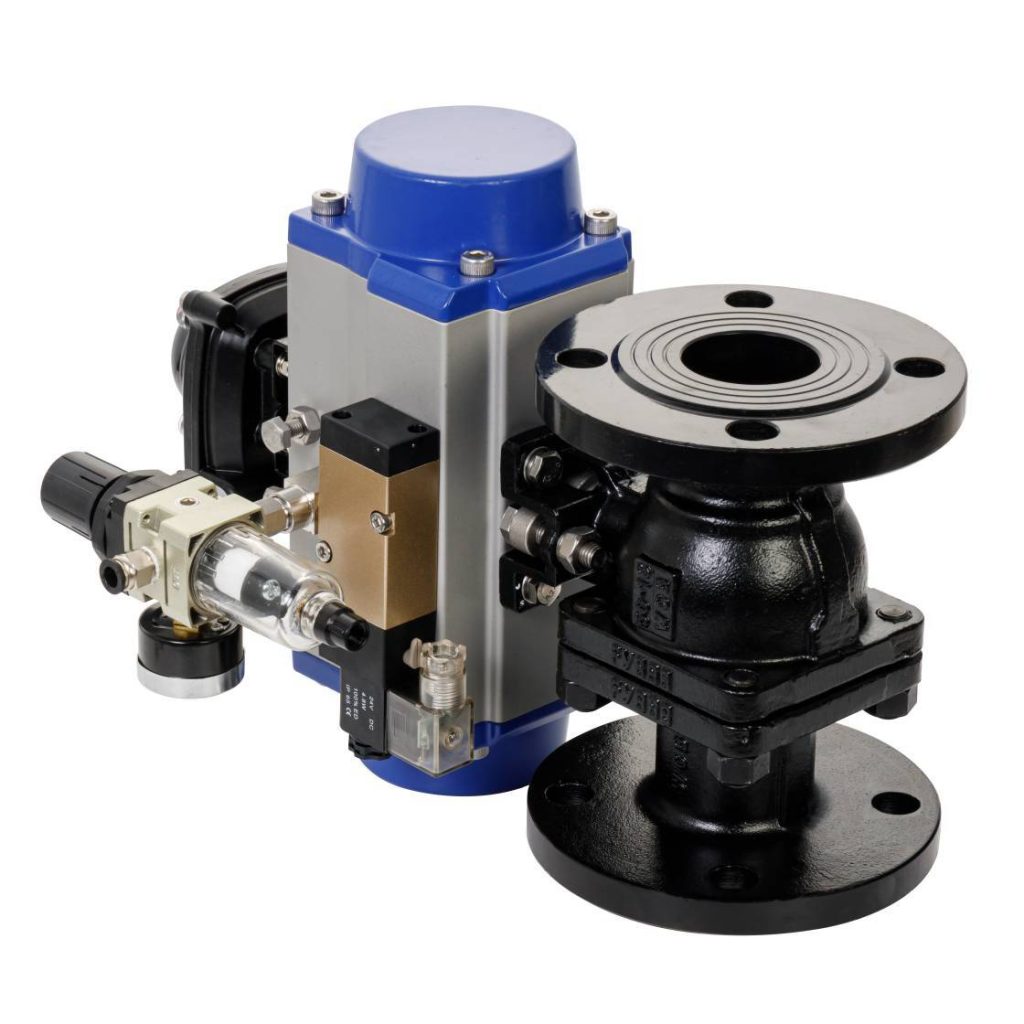In the face of growing environmental concerns and the shift towards cleaner and more sustainable energy solutions, hydrogen energy has emerged as one of the most promising alternatives. Hydrogen, when used as a fuel, generates only water as a by-product, making it an environmentally friendly energy source. However, the successful integration of hydrogen energy systems into various industries depends heavily on the efficiency, safety, and control mechanisms in place. One critical component in ensuring these factors is the Hydrogen Energy Pneumatic Ball Valve.

What is a Pneumatic Ball Valve?

A pneumatic ball valve is a type of quarter-turn valve that uses compressed air (pneumatic power) to control the flow of gases or liquids through a pipeline. The valve’s mechanism consists of a ball with a hole through the center that rotates to either allow or block the flow of the medium. When activated by air pressure, the ball turns to either the open or closed position, providing reliable shut-off or flow control. The Role of Pneumatic Ball Valves in Hydrogen Energy Systems Hydrogen energy systems require precise control mechanisms to ensure the safe and efficient transport and use of hydrogen. Since hydrogen is highly flammable and can be dangerous if not handled properly, controlling the flow of hydrogen through pipelines, storage tanks, and fuel cells is crucial. This is where pneumatic ball valves play a significant role.
